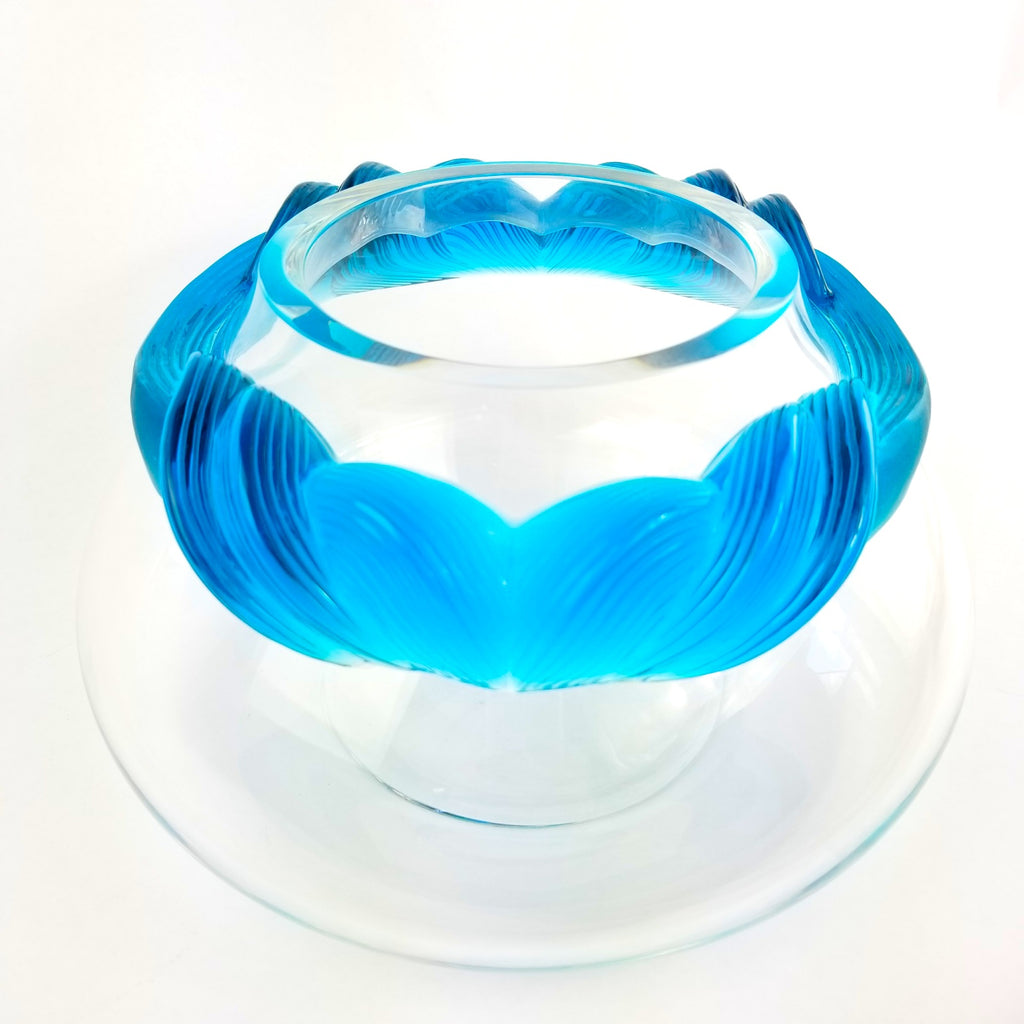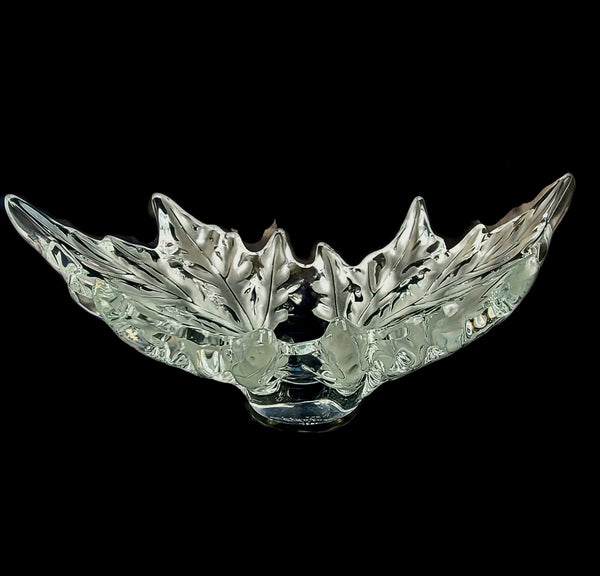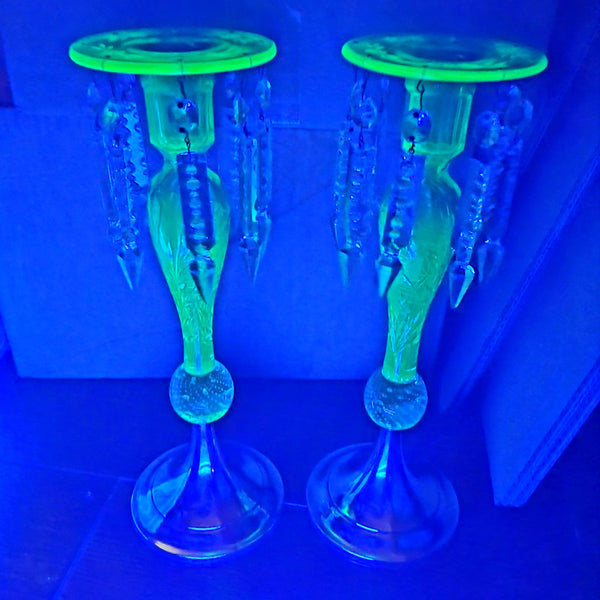How to Identify Real Lalique Crystal

There are many fans of Lalique glass, but it isn't always crystal clear as to whether you are looking at an authentic piece or a knock off. For those not wanting to take any chances, buying from a reputable dealer is always the safest bet, but educating yourself on the following tips is always a good idea too. Timelines and patterns in production can give a basic framework to identifying the authenticity of pieces.
Rene Lalique began producing glass in 1905 until his death in 1945. Pieces marked with an "R" for Rene are worth considerably more than a piece produced after his death in 1945. Pieces produced between 1905 and 1945 will be marked with an "R" and will most commonly be signed "R. Lalique, France". These pieces are considerably more valuable than pieces produced after 1945 thus making them more likely to be forged. Watch for a piece that was produced after 1945 with an "R" in the signature. Forged pieces can have an added engraved or etched "R". The word France was not always present in the signature. After Rene Lalique's death in 1945 the "R" was no longer used when his son Marc took over the business. Later his granddaughter Marie-Claude Lalique took over the business in 1977. Since 1978 the registered trademark, an R with a circle around it, has been added to the mark.
Many tips pre- and post- the 1945 timeline exist to help identify fraudulent pieces. Most commonly forged pieces have engraved or etched marks, like the addition of an "R". These are general guidelines. Keep in mind there can always be exceptions to every rule.
Pre-1945 Tips:
1. Signatures should be small, rarely over 1/8" tall, forgeries will be larger close to 1/2"
2. Signatures should look plain, no decorative or fancy wispy lettering
3. Marks were not acid etched
4. Marks should be in harder to see areas like the bottom rim or within the design
Post 1945 Tips:
5. No "R", the R was dropped and most pieces were signed "Lalique, France"
6. The word France always appears post 1945
7. All acid etched marks were all uppercase and not cursive
Lalique pieces will NEVER have the following marks or characteristics:
8. Made in France, Paris, Rene spelled out
9. Pieces are not numbered such as in a limited edition
10.There should never be mold seams
Aside from looking at the makers marks, look at the quality and feel of the glass to determine the age and authenticity of a piece. Ornamental cutting where there are facets in the glass on the base or wide rim is typical of Czech reproductions. Lalique glass over time changed in consistency. Prior to 1945 the lead content was around 12%, called "demi-cristal". Post 1945 the lead content was increased to 24% making it full "cristal" under French law. Therefore pieces that were made post 1945 are heavier, brighter, and more transparent than those made prior to 1945. The differences are easy to see with the naked eye. The variations can also be seen with the use of a long wave black light. Pieces pre-1945 will have a yellow hue under a long wave black light while pieces that were produced post 1945 will glow a blue or blue white color.
Using these tips to your advantage will have you being an expert in no time. Keep in mind the old adage, if it seems too good to be true it probably is.
Leave a comment
Comments will be approved before showing up.




